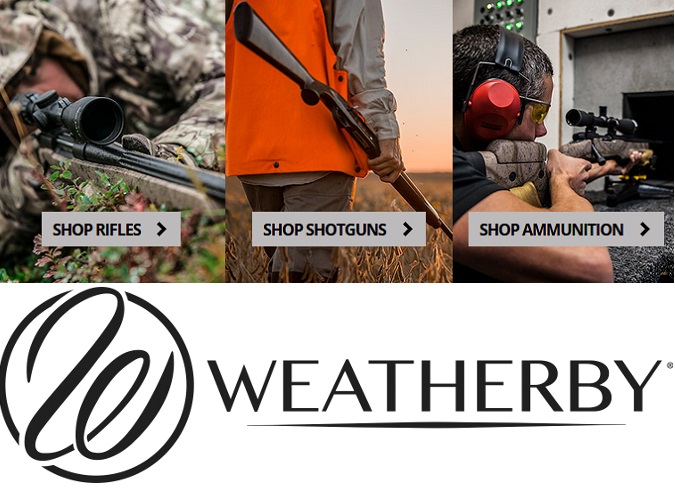As whitetail deer hunters we all head to the woods hoping a trophy buck will cross our path, but it is important to take does out of the herd yearly, not just for meat, but to help balance your property. Every hunter has a different approach and opinion on the topic of when to thin out the doe herd. Some don’t mind taking a doe any time throughout the season, some wait until after rut, and some only shoot does during the early season. Here is what I hear from each.

A doe is a doe. I need meat and not seeing any bucks.”
These are a few of the reasons that hunters decide to take a doe any time during the season. In Georgia, I have 10 doe tags, but I will never take that many. I may kill one doe a season, but mainly because the property I hunt on seems to have a very well balanced herd. The surrounding properties of ours manage their properties as well and tend to take far more does, which helps to balance out our property.
I don’t want to shoot a doe until after rut because I’m afraid I’ll mess up my chances of killing a big buck, or mess up my stand.”
When you only have a few sets to sit and your trail cameras show shooter bucks in the area, it is hard to justify taking a doe first. Some may say that the more does there are the better odds of having a buck come around during rut. The problem I see with this theory is that when there are too many does the bucks no longer have to go search for hot does, instead the hot does go to the mature bucks to get breed.
Shooting a doe during the early season is the method I prefer. It is difficult to find a mature doe without babies however, I know when I do find one she will not be pregnant. When shooting a doe any other time of the year, you run the risk of shooting a mature doe that is pregnant with a potentially good bloodline! Taking a doe early season also ensures that you have a freezer full of meat for your family.
No matter which time frame you choose to take does out of your herd, it is important to keep a good balance. The best way to figure out your balance without paying a biologist is to keep a log of what you see over a full season. We strive to have a two does to one buck ratio on our property with does dropping two fawns yearly (one doe and one buck).
What is the ratio of bucks to does you are seeing? Do the does tend to have one or two fawns? Are most of the fawns one doe and one button buck? Ask yourself these questions next time you are out in your stand and trying to decided if it is the right time to take a doe.
By Haley Heath, Team Weatherby

